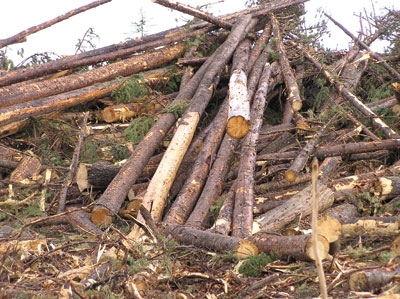
News
Forestry
Pulp
BC forestry contractors receive $2.7M to use wood waste for pulp and pellets
January 31, 2020 By P&PC Staff

Forestry contractors in British Columbia are receiving over $2 million in funding from the province to increase the use of wood fibre waste from slash piles to make pulp products and pellets.
The Forest Enhancement Society of BC (FESBC) is allocating $2,737,764 in grants for four biomass projects:
- $1,080,000 to Taan Forest Products to use material from slash piles to make pulp for use in paper products (about 51,000 cubic metres or 1,020 truckloads) in the Haida Gwaii Natural Resource District.
- $880,000 to Skookumchuck Pulp Inc. to use material from slash piles to make pulp for use in paper products (about 110,000 cubic metres or 2,200 truckloads) in the Rocky Mountain Natural Resource District.
- $369,450 to RPP Holdings Inc. to use material from slash piles to make pulp for use in paper products (about 36,000 cubic metres or 720 truckloads) in the Quesnel Natural Resource District.
- $408,320 to Skeena Bioenergy Ltd. to use material from slash piles to make wood pellets (about 22,000 cubic metres or 440 truckloads) in the Coast Mountains Natural Resource District.
FESBC has supported 250 projects valued at $233 million in partnership with the BC and federal governments.
Projects funded by the Forest Enhancement Society of BC help minimize wildfire risks, enhance wildlife habitat, improve low-value and damaged forests, re-plant damaged forests and use fibre for green energy production.
Many of these projects also result in carbon benefits and contribute to climate change mitigation.
“Assisting the province to reduce greenhouse gases, add value to forest fibre and maintain jobs for workers and communities are some of our key objectives,” says Wayne Clogg, board chair, Forest Enhancement Society of BC, in a statement.
“There are many society-funded projects throughout B.C. that are making a difference right now. The amount of biomass (woody debris) that will not be burned as slash – but instead used this winter season to fuel a greener economy – is expected to exceed 1.6 million cubic metres by March 2020.”
Print this page